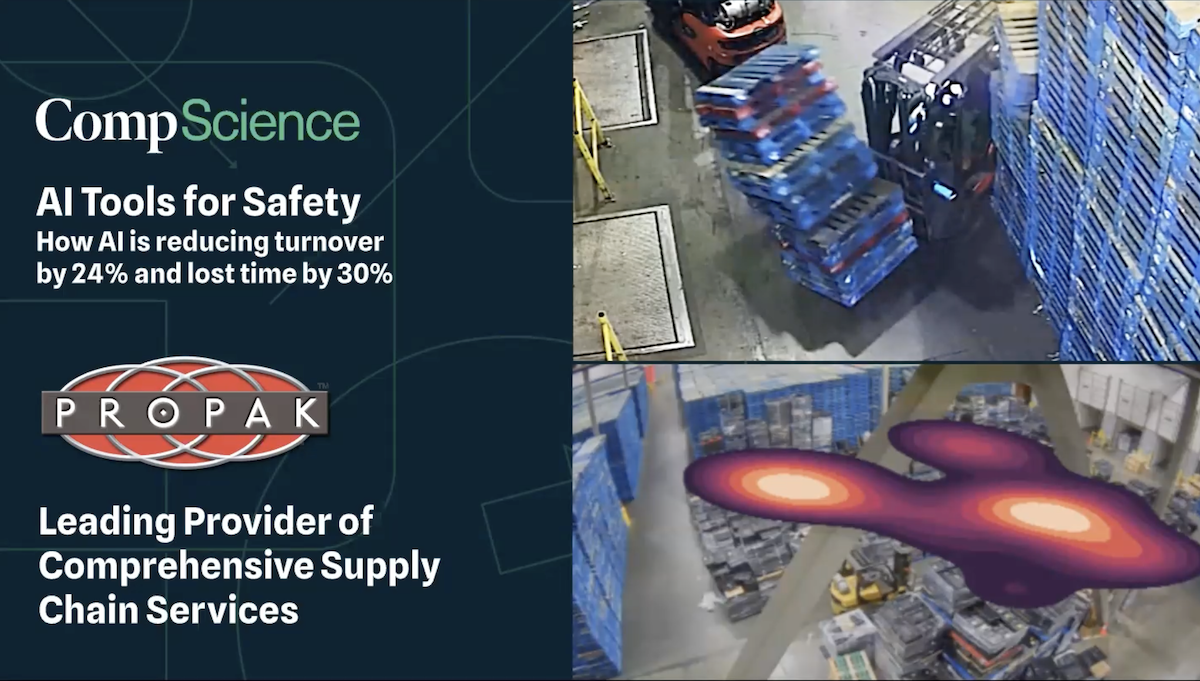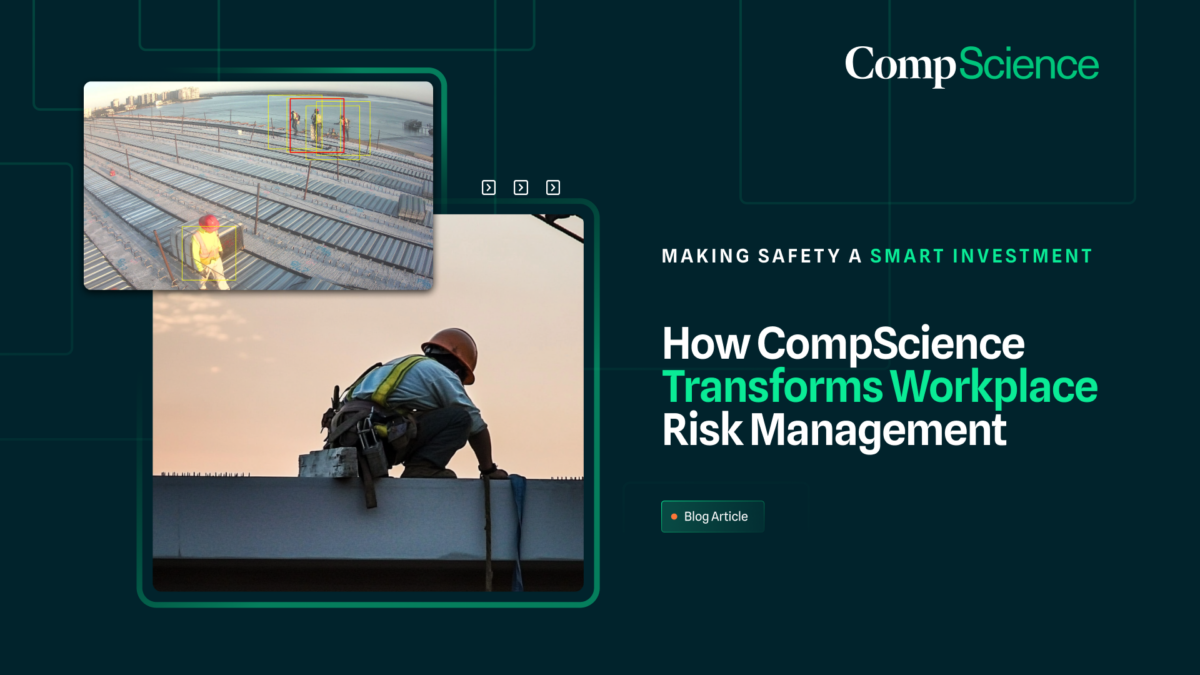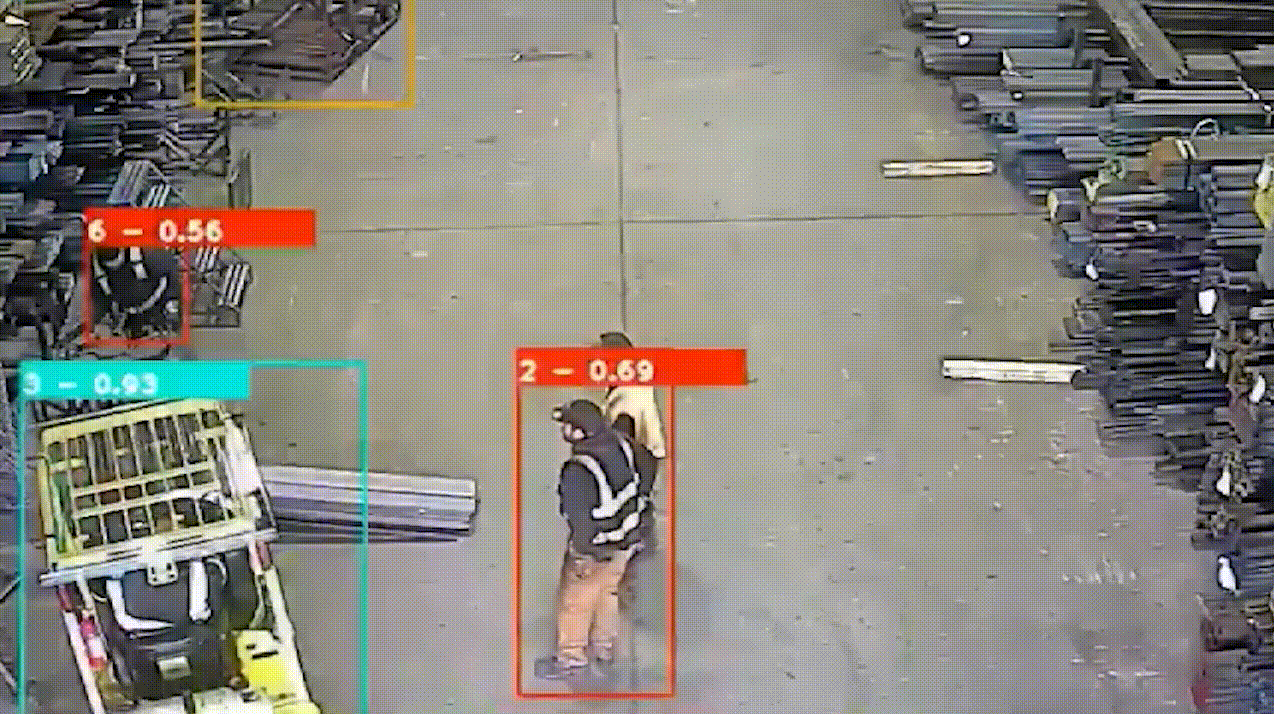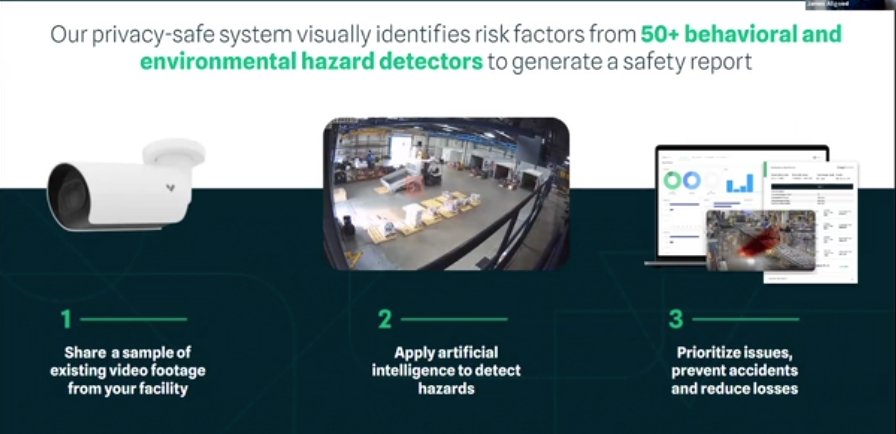NSC Webinar: Transform Safety Management and Reduce Risk with AI
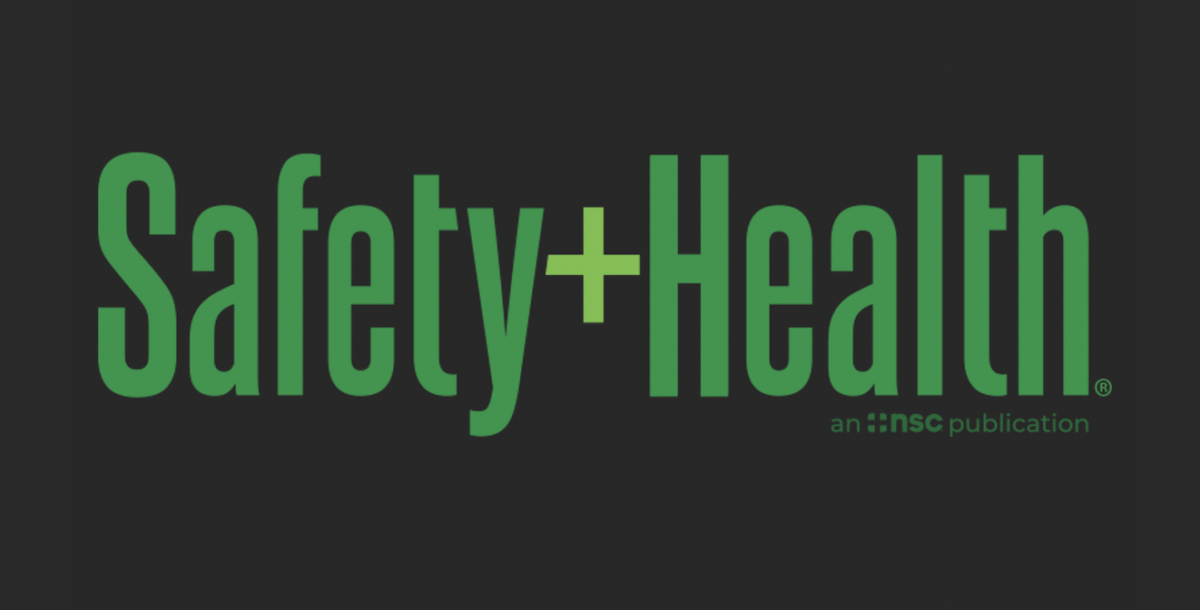
Sign up for the Webinar on the NSC Website.
CompScience is proud to be collaborating with the National Safety Council on a webinar to raise awareness of new tools to help safety and EHS teams be far more effective and protecting workers and lowering risk.
Safety teams often don’t get the resources they need because it’s so hard to measure their impact in terms that leadership and internal partners will understand. Everyone needs to collect tracking metrics because it’s often a time-consuming manual process, but when safety professionals can prove their impact by tracking risk declines, this can drive more focus and investment in safety.
New plug and play safety analytics solutions can shift the paradigm from reactive to proactive by automatically generating deep insights from existing video feeds. Computer vision and data science techniques can then predict the potential for injury along many of the most common causes. These include ergonomic (strain/sprain/overuse), struck by (e.g. forklift, machinery), slip/trip/fall, caught in/between, etc.
With these tools, teams can focus their time on the most strategic initiatives, get the resources they need, demonstrate the impact of their work, and reduce injury rates, creating safer and more productive workplaces.

